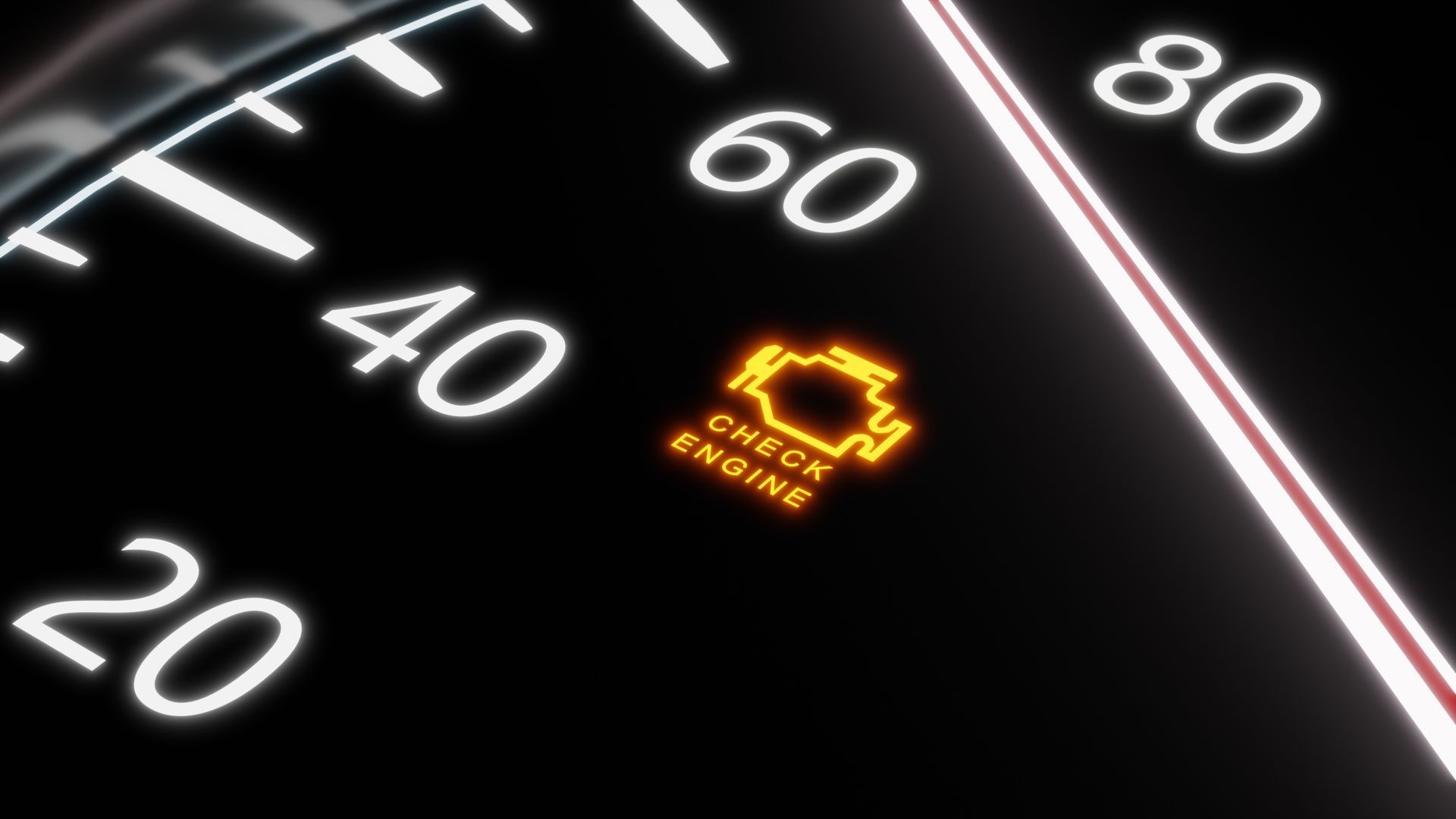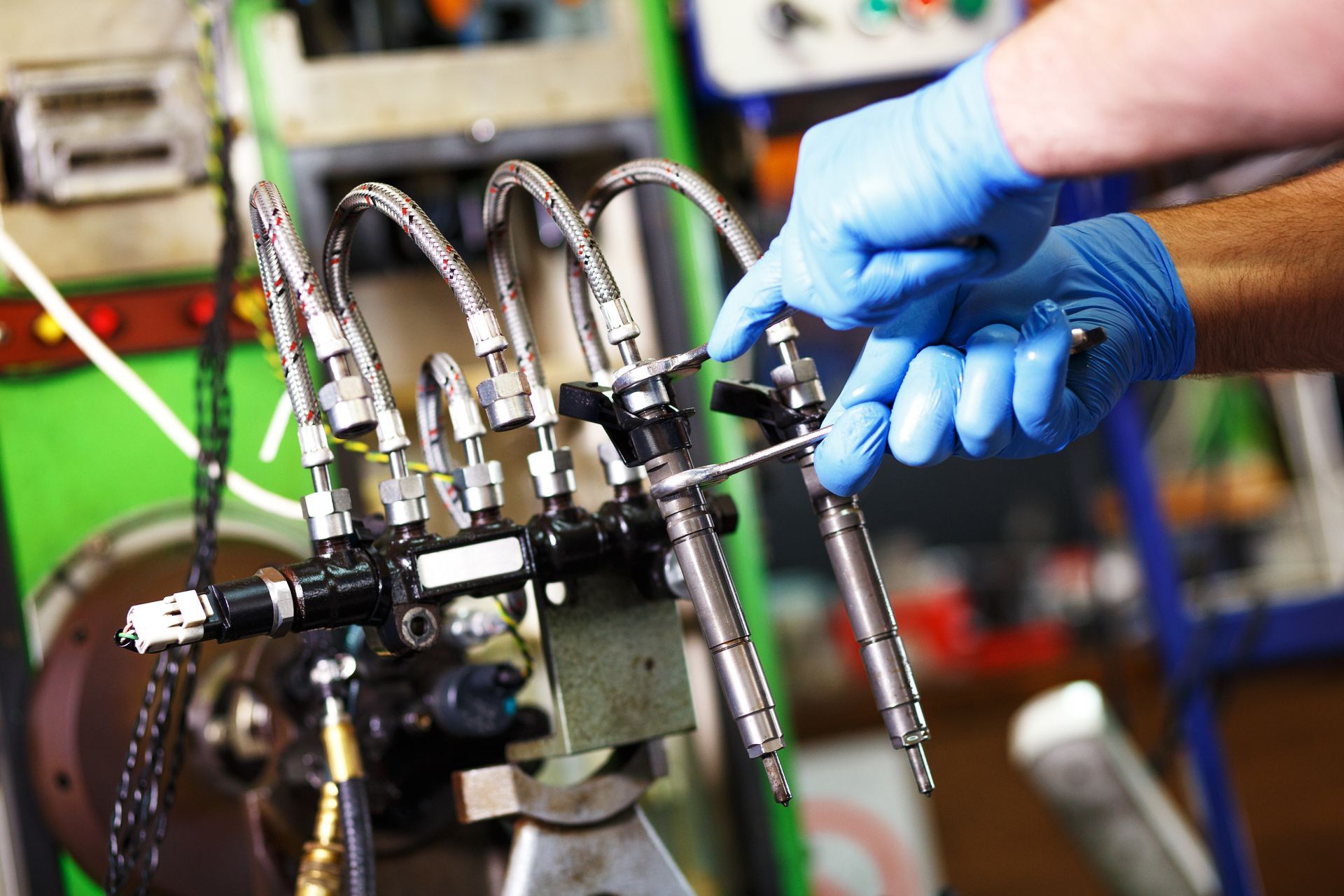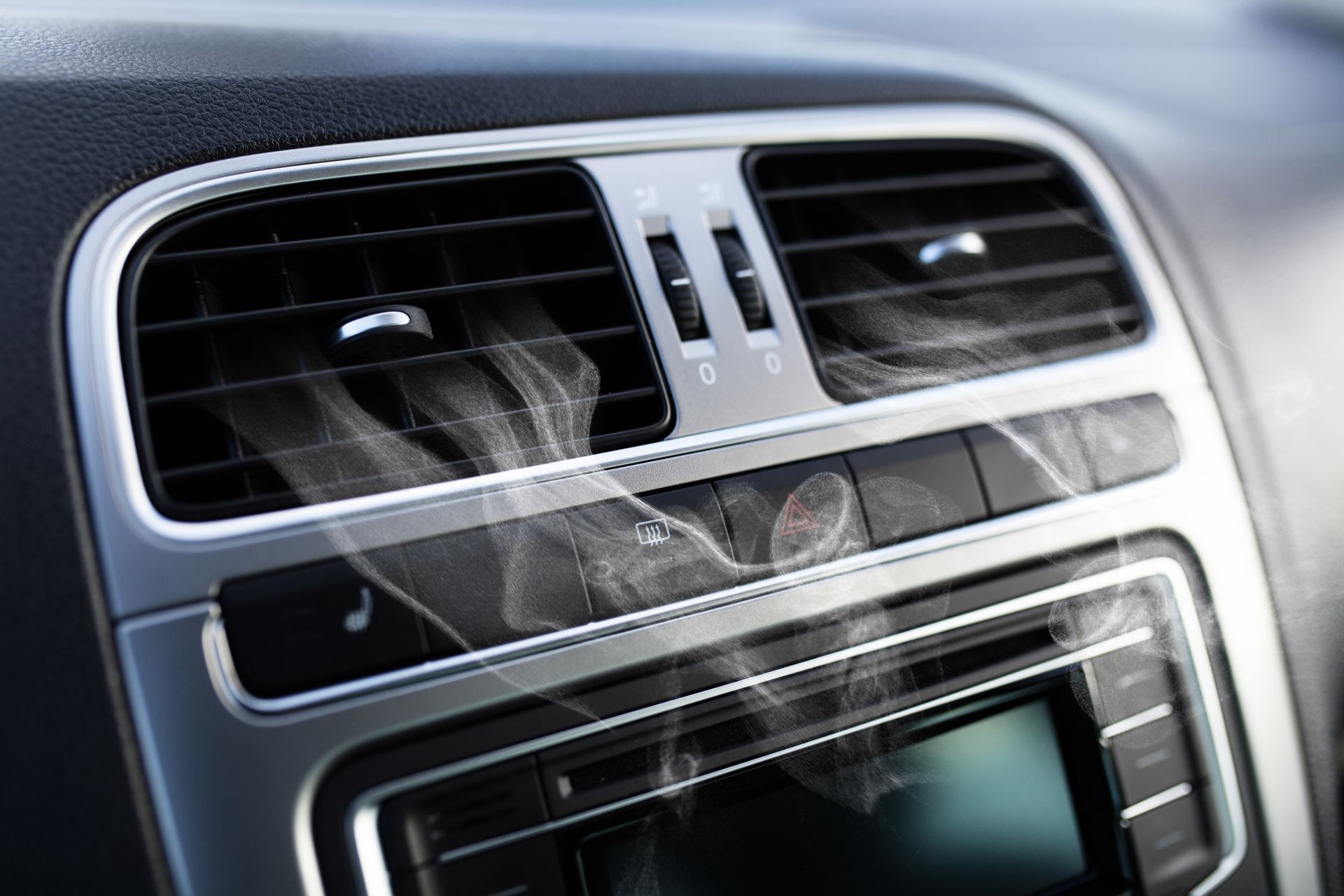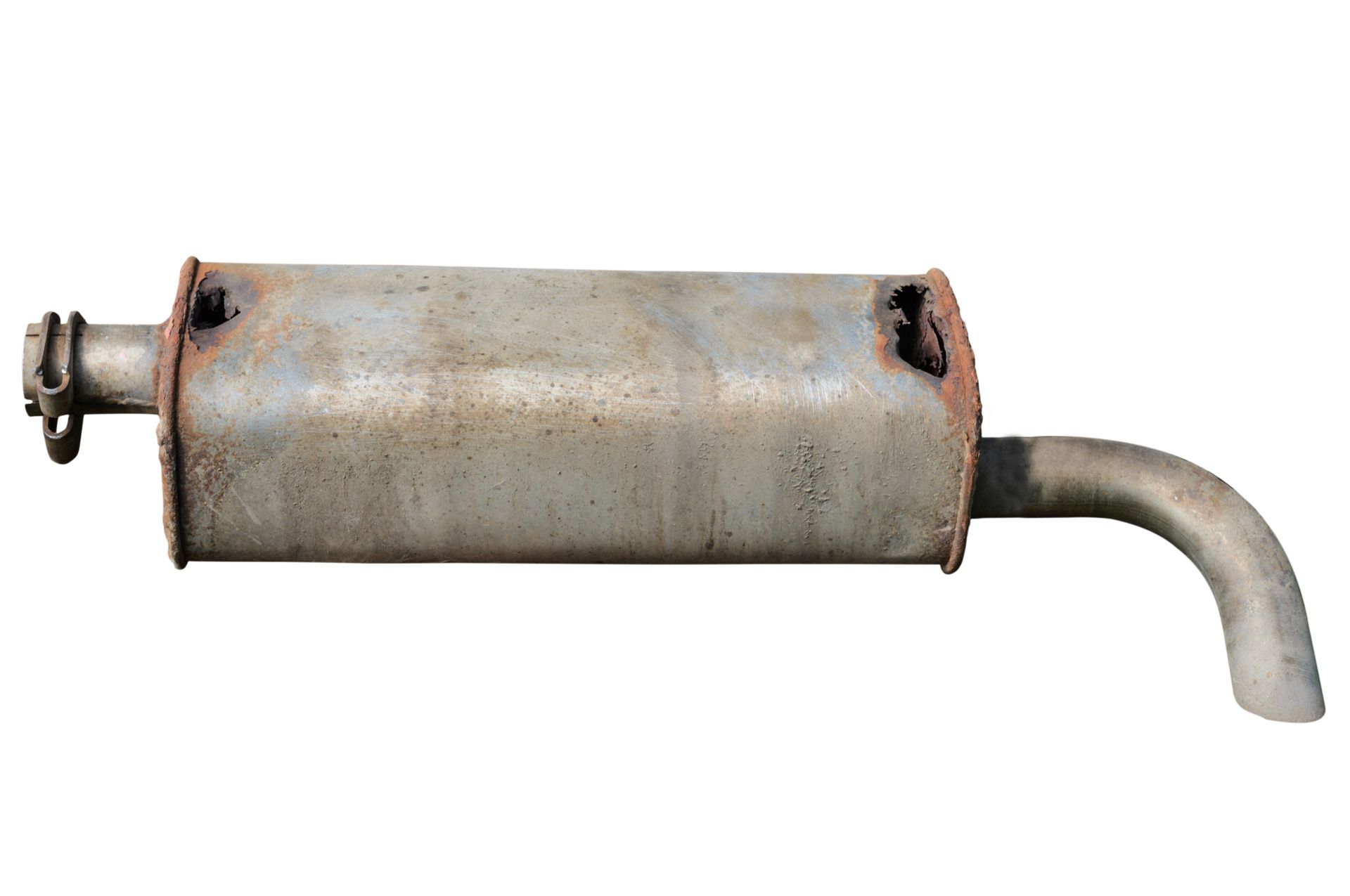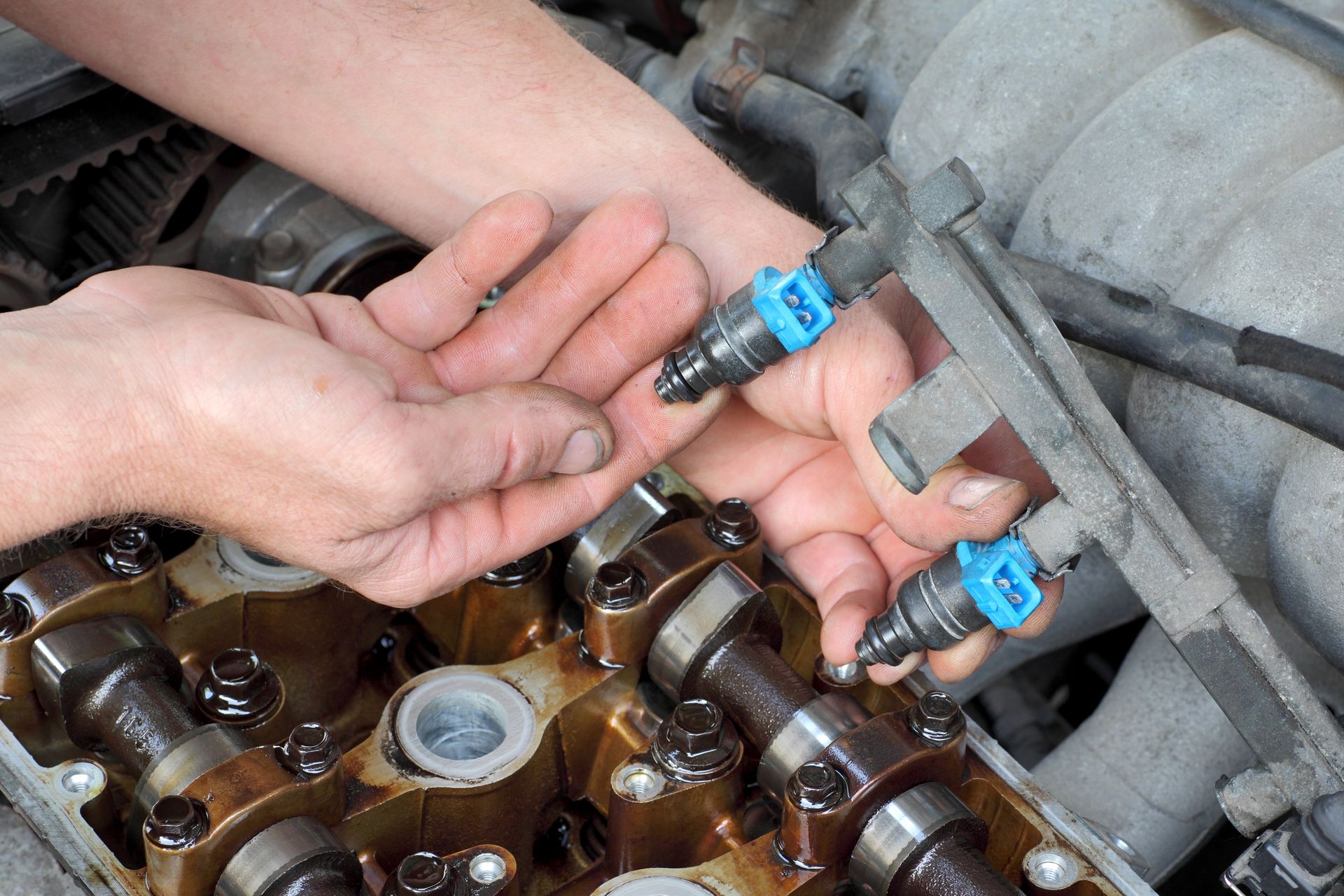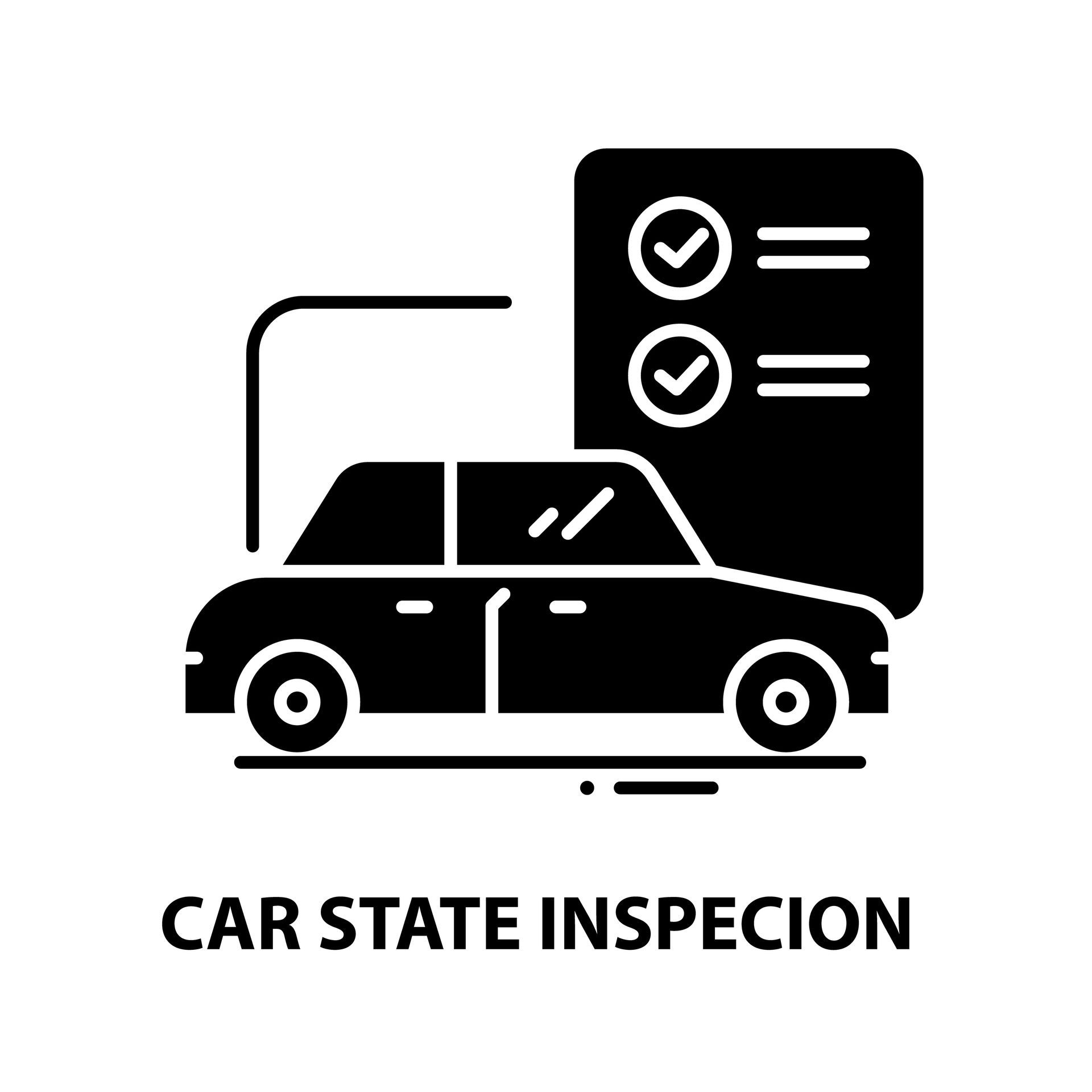When it comes to vehicle maintenance, many drivers focus on oil changes, brakes, and tire rotations, but overlook one important service — wheel alignment. Your wheels need to be properly aligned to ensure your car handles safely and your tires wear evenly. Misalignment might not seem urgent at first, but it can lead to serious issues if left unaddressed. Understanding the signs of misalignment and when to get it checked can save you money and help keep you safe on the road.
What Is Wheel Alignment
Wheel alignment refers to adjusting the angles of your vehicle’s wheels so they’re set to the manufacturer’s specifications. These angles include camber (tilt inward or outward), toe (angle inward or outward when viewed from above), and caster (forward or backward tilt of the steering axis).
When these settings are correct, your tires make proper contact with the road, and your vehicle handles as it should.
How Do Wheels Go Out of Alignment
Everyday driving can slowly cause misalignment. Hitting potholes, driving over curbs, or even minor bumps can knock your wheels out of place. Over time, worn suspension parts can also cause gradual changes in alignment.
In regions with rough roads or severe winter conditions, alignment problems can develop more quickly due to added stress on the suspension and steering systems.
Signs Your Car Needs an Alignment
Recognizing the early signs of misalignment can prevent bigger problems down the road. Here are a few common symptoms:
- Your vehicle pulls to one side even when the steering wheel is straight.
- The steering wheel is off-center when driving straight.
- You notice uneven or rapid tire wear.
- The car feels unstable or wanders at higher speeds.
- You hear squealing tires while turning.
If you notice one or more of these signs, it’s time to have your alignment checked.
Why Alignment Is Needed
When your wheels aren’t aligned, your tires don’t make uniform contact with the road. This causes uneven tire wear, shortening the lifespan of your tires and increasing your replacement costs.
Poor alignment also affects handling, making the vehicle less predictable and potentially unsafe during emergency maneuvers. Fuel efficiency can also suffer because misaligned wheels create additional drag that forces the engine to work harder.
How Often Should Alignment Be Checked
There’s no one-size-fits-all answer, but it’s generally a good idea to have your alignment checked annually or anytime you replace tires, notice unusual handling, or after a significant impact.
Regular checks help identify minor issues early, preventing them from escalating into expensive tire replacements or suspension repairs.
What Happens During an Alignment Service
During an alignment service, we use precision equipment to measure your wheel angles and compare them to factory specifications. Adjustments are made to bring the camber, toe, and caster angles back into proper alignment.
At Three Suns Auto Care, we also inspect suspension and steering components for wear or damage during this service. Addressing these issues simultaneously ensures a longer-lasting and more accurate alignment.
The Long-Term Benefits
Keeping your wheels properly aligned improves overall driving comfort and safety. Your vehicle will handle better, your tires will last longer, and you’ll likely save money on fuel and repairs over time.
Regularly addressing alignment is a small investment that pays big dividends in the form of smoother rides and fewer unexpected expenses.
Keep Your Car Straight with Three Suns Auto Care in Media, PA
If you’ve noticed your car pulling to one side or uneven tire wear, don’t ignore the signs. At Three Suns Auto Care in Media, PA, our skilled technicians use state-of-the-art alignment equipment to make sure your vehicle is perfectly aligned. We’ll also inspect your suspension and steering to ensure everything is functioning properly.
Schedule your alignment check today and enjoy confident, comfortable driving wherever the road takes you.

